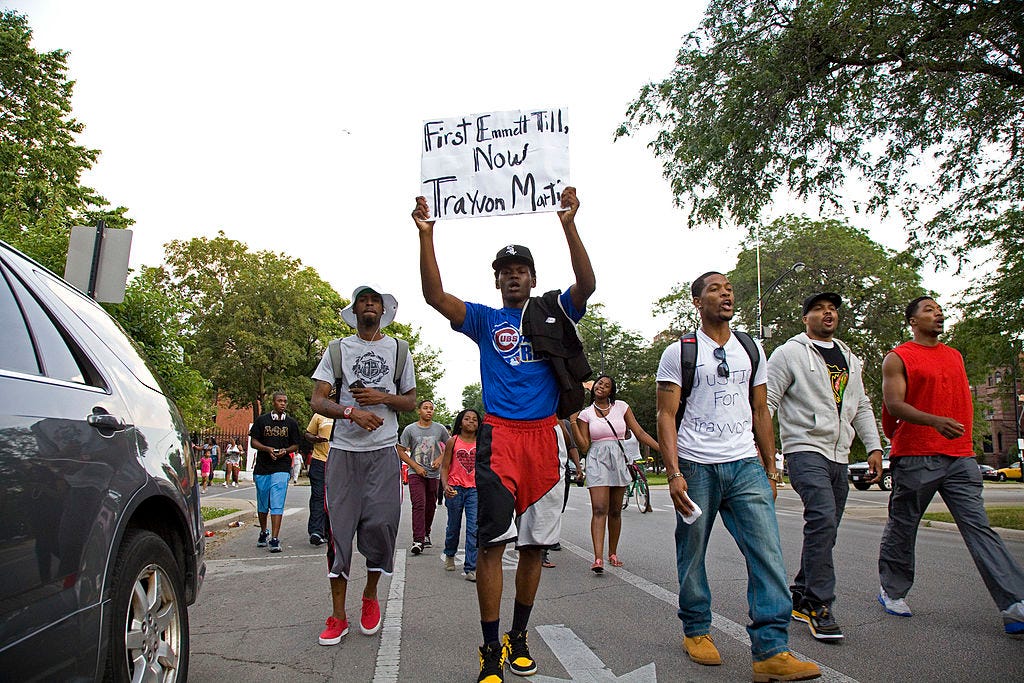“Not everything that is faced can be changed. But nothing can be changed until it is faced,” wrote James Baldwin.
In his new book, The Barn: The Secret History of a Murder in Mississippi, author Wright Thompson asks readers to confront the murder of Emmett Till, in light of new reporting and interviews with historians, locals, and — most importantly — the surviving witnesses to the events leading up to Till’s killing on August 28, 1955, who bring the story into the present, connecting it to a tradition of activism that works against the continuing killing of Black boys and young men in America.
This isn’t a true crime book. Through his account of the murder, its roots, and its aftermath, he asks readers to confront America in a new light; in fact, he expands the story to an account of class and race in the Delta — where Thompson himself hails from — and attempts to tell an alternate history of America around it, building in the narratives the defenders of the racist status quo have sought to erase.
Wright Thompson is best known as a sportswriter, but that discipline has long produced intriguing and wide-ranging journalism, and his work is squarely in that tradition.
Below, you’ll find an excerpt from the book and our conversation with Thompson about what he’s trying to accomplish by retelling and expanding this much-covered but still critical story today, what he learned by speaking with Till’s surviving relatives and friends, and what the American South and the Mississippi Delta mean in the context of contemporary America, and what it means for him — a white Southerner from the area where Till was murdered — to tell this story today.
A request for those who haven’t yet joined us: The interviews and essays that we share here take research and editing and much more. We work hard, and we are eager to bring on more writers, more voices. But we need your help to keep this going. Join us today to support the kind of independent media you want to exist.
In the first chapter, you talk about how, 30 years on, you can still draw a map of the Delta from memory. And a lot of the book is about mapping these intersecting paths through history that converge in the murder of Emmett Till, which we think we understand, but the book is about a lot more than that event.
Mapping is a good word. I mean, because the book is a mapping in many ways, literally and metaphysically.
It’s like doing a historical math problem. This train leaves the station at this time, and this train leaves the station at that time. And except instead of two trains, it’s a dozen trains, and they are forces and systems, but also people moving in an intersection to explain how you ended up with a child and these men in this barn on that night and that morning.
The murder is unimaginable. How could this happen? So I tell a 1,300-year history of the 36 square miles of land around the barn. And then we tell the story of the murder again with different characters and tones and registers. Except this time, as opposed to asking how could this happen, there’s this menacing sense of inevitability of how could it not?
This post was originally published on The.Ink.


